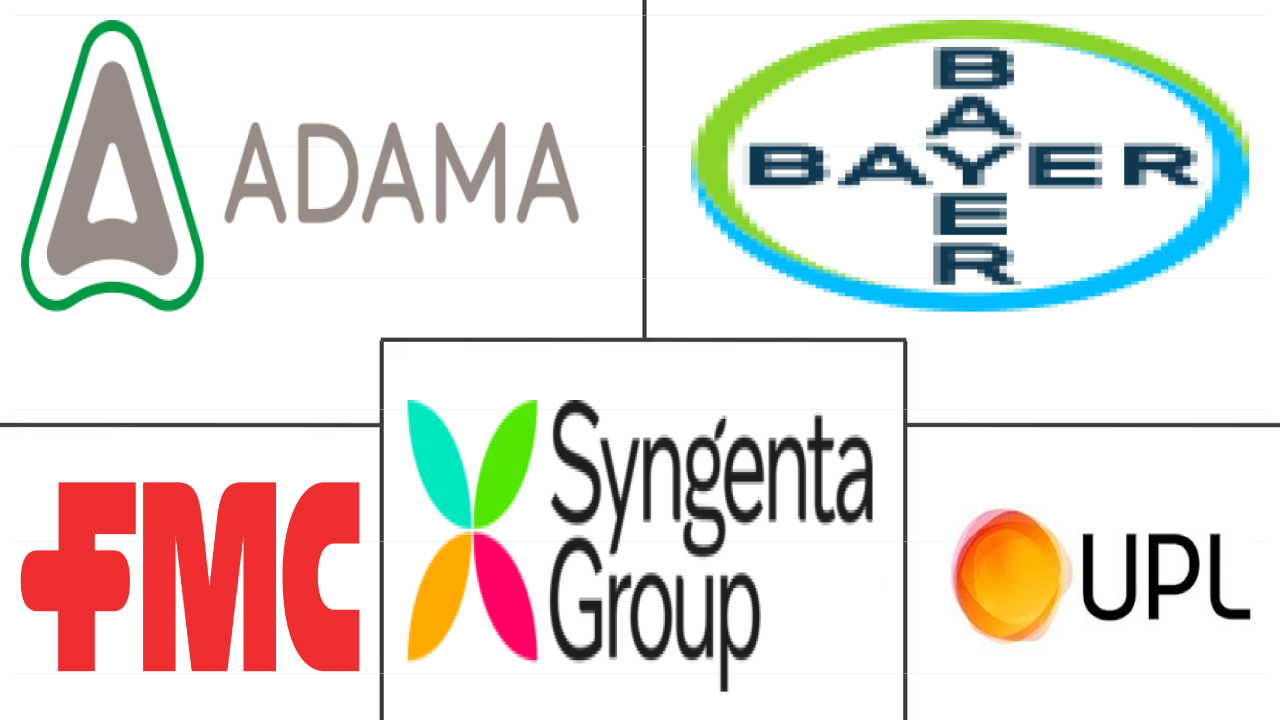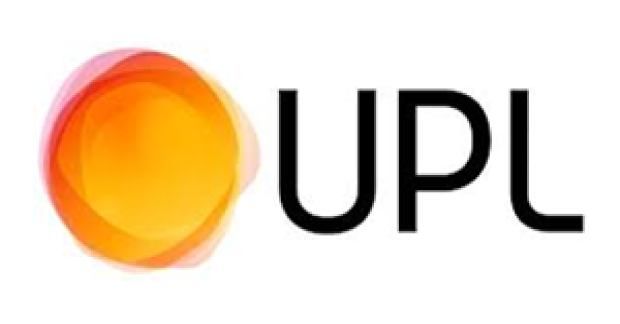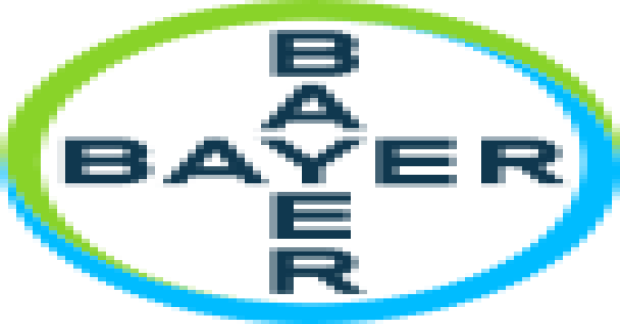Market Size of indonesia insecticide Industry
| Icons | Lable | Value |
|---|---|---|
|
|
Study Period | 2017 - 2029 |
|
|
Market Size (2024) | USD 4.55 Billion |
|
|
Market Size (2029) | USD 5.43 Billion |
|
|
Largest Share by Application Mode | Foliar |
|
|
CAGR (2024 - 2029) | 3.60 % |
|
|
Fastest Growing by Application Mode | Seed Treatment |
|
|
Market Concentration | Low |
Major Players |
||

|
||
|
*Disclaimer: Major Players sorted in no particular order |
Indonesia Insecticide Market Analysis
The Indonesia Insecticide Market size is estimated at 4.55 billion USD in 2024, and is expected to reach 5.43 billion USD by 2029, growing at a CAGR of 3.60% during the forecast period (2024-2029).
4.55 Billion
Market Size in 2024 (USD)
5.43 Billion
Market Size in 2029 (USD)
11.00 %
CAGR (2017-2023)
3.60 %
CAGR (2024-2029)
Largest Segment by Application Mode
58.16 %
value share, Foliar, 2023
Foliar application gained much popularity owing to factors such as its effectiveness in controlling the target pests, flexibility in application, and lesser dosage rates.
Largest Segment by Crop Type
46.52 %
value share, Pulses & Oilseeds, 2023
Soybeans, peanuts, mung beans, red beans, lentils, rapeseed, canola, and sesame seeds are some of the predominant pulses and oilseeds cultivated in the country.
Fastest-Growing Segment by Crop Type
3.76 %
Projected CAGR, Pulses & Oilseeds, 2024-2029
Insecticides are used to control pests such as aphids, mites, caterpillars, and weevils that can cause significant damage to the yields of pulses and oilseed crops.
Leading Market Player 1
0.58 %
market share, UPL Limited, 2022

UPL entered into a long-term agreement with FMC under which FMC grants access to its insecticide active ingredient (rysynazypyr) for use in UPL's product formulations.
Leading Market Player 2
0.37 %
market share, Bayer AG, 2022

Bayer partnered with Oerth Bio with the aim of developing next-generation crop protection products based on Oerth Bio's innovative protein degradation technology.
Targeted pest controlling and reduction in application rates reduce the production cost, which will drive the foliar application mode of the insecticide market
- The foliar mode of insecticide application has gained popularity due to its effectiveness in controlling target pests and lower dosage rates. The foliar method of insecticide application accounted for the highest share of 58.1% in 2022, with a market value of USD 2.5 million in the same year.
- The widespread adoption of the foliar application method of insecticides stems from its ability to safeguard food crops, notably rice, which serves as a staple for most Indonesians, by effectively combating the menace of pests.
- Insecticide seed treatment is gaining importance in Indonesia as it can manage pests in seeds and young seedlings, protecting seed and soil-borne insect pests. Treating seeds with insecticides effectively prevents or reduces the harmful impacts caused by these organisms in the initial stage of crop growth, resulting in enhanced crop establishment and overall health. As of 2022, this method accounted for 16.7% of the market value, approximately USD 714.3 million.
- Severe yield losses of up to 30% of oil palm crops in Indonesia are attributed to stem weevils and white grubs. These insect pests can be controlled by performing soil treatment using insecticides like imidacloprid, thiamethoxam, carbaryl, and bifenthrin. Thus, the soil treatment application mode is expected to register a CAGR of 3.4% during the forecast period.
- The fumigation segment experienced impressive growth and reached a value of USD 360.8 million in 2022, primarily driven by farmers' growing acceptance of fumigation practices. This surge in popularity can be credited to the effectiveness of fumigation methods, which effectively protect agricultural products from pest-related damages, ultimately elevating their quality and market value.
Indonesia Insecticide Industry Segmentation
Chemigation, Foliar, Fumigation, Seed Treatment, Soil Treatment are covered as segments by Application Mode. Commercial Crops, Fruits & Vegetables, Grains & Cereals, Pulses & Oilseeds, Turf & Ornamental are covered as segments by Crop Type.
- The foliar mode of insecticide application has gained popularity due to its effectiveness in controlling target pests and lower dosage rates. The foliar method of insecticide application accounted for the highest share of 58.1% in 2022, with a market value of USD 2.5 million in the same year.
- The widespread adoption of the foliar application method of insecticides stems from its ability to safeguard food crops, notably rice, which serves as a staple for most Indonesians, by effectively combating the menace of pests.
- Insecticide seed treatment is gaining importance in Indonesia as it can manage pests in seeds and young seedlings, protecting seed and soil-borne insect pests. Treating seeds with insecticides effectively prevents or reduces the harmful impacts caused by these organisms in the initial stage of crop growth, resulting in enhanced crop establishment and overall health. As of 2022, this method accounted for 16.7% of the market value, approximately USD 714.3 million.
- Severe yield losses of up to 30% of oil palm crops in Indonesia are attributed to stem weevils and white grubs. These insect pests can be controlled by performing soil treatment using insecticides like imidacloprid, thiamethoxam, carbaryl, and bifenthrin. Thus, the soil treatment application mode is expected to register a CAGR of 3.4% during the forecast period.
- The fumigation segment experienced impressive growth and reached a value of USD 360.8 million in 2022, primarily driven by farmers' growing acceptance of fumigation practices. This surge in popularity can be credited to the effectiveness of fumigation methods, which effectively protect agricultural products from pest-related damages, ultimately elevating their quality and market value.
| Application Mode | |
| Chemigation | |
| Foliar | |
| Fumigation | |
| Seed Treatment | |
| Soil Treatment |
| Crop Type | |
| Commercial Crops | |
| Fruits & Vegetables | |
| Grains & Cereals | |
| Pulses & Oilseeds | |
| Turf & Ornamental |
Indonesia Insecticide Market Size Summary
The Indonesia insecticide market is experiencing steady growth, driven by the increasing need to protect agricultural crops from pest-related damages. The foliar application method has emerged as a popular choice due to its effectiveness in controlling pests and its ability to safeguard staple crops like rice. This method's widespread adoption is attributed to its lower dosage rates and significant impact on crop health. Additionally, insecticide seed treatment is gaining traction as it helps manage pests in seeds and young seedlings, enhancing crop establishment. The market is also witnessing growth in soil treatment applications, which are crucial for controlling pests that threaten oil palm crops, a significant agricultural product in Indonesia. The fumigation segment is expanding as farmers increasingly recognize its effectiveness in protecting agricultural products from pest damage, thereby improving their quality and market value.
Despite being a major agricultural nation, Indonesia faces challenges in its indigenous pesticide industry, relying heavily on imported insecticides. This dependency on imports makes the market sensitive to factors like currency exchange rates and import tariffs. The market is characterized by a diverse range of insecticide brands and active ingredients, providing farmers with various options to address pest management needs. Key players in the market include ADAMA Agricultural Solutions Ltd, Bayer AG, FMC Corporation, Syngenta Group, and UPL Limited, who are actively involved in partnerships and innovations to enhance crop protection technologies. The competitive landscape is influenced by the prices of active ingredients, with companies that can source them competitively gaining an advantage.
Indonesia Insecticide Market Size - Table of Contents
-
1. MARKET SEGMENTATION (includes market size in Value in USD and Volume, Forecasts up to 2029 and analysis of growth prospects)
-
1.1 Application Mode
-
1.1.1 Chemigation
-
1.1.2 Foliar
-
1.1.3 Fumigation
-
1.1.4 Seed Treatment
-
1.1.5 Soil Treatment
-
-
1.2 Crop Type
-
1.2.1 Commercial Crops
-
1.2.2 Fruits & Vegetables
-
1.2.3 Grains & Cereals
-
1.2.4 Pulses & Oilseeds
-
1.2.5 Turf & Ornamental
-
-
Indonesia Insecticide Market Size FAQs
How big is the Indonesia Insecticide Market?
The Indonesia Insecticide Market size is expected to reach USD 4.55 billion in 2024 and grow at a CAGR of 3.60% to reach USD 5.43 billion by 2029.
What is the current Indonesia Insecticide Market size?
In 2024, the Indonesia Insecticide Market size is expected to reach USD 4.55 billion.

